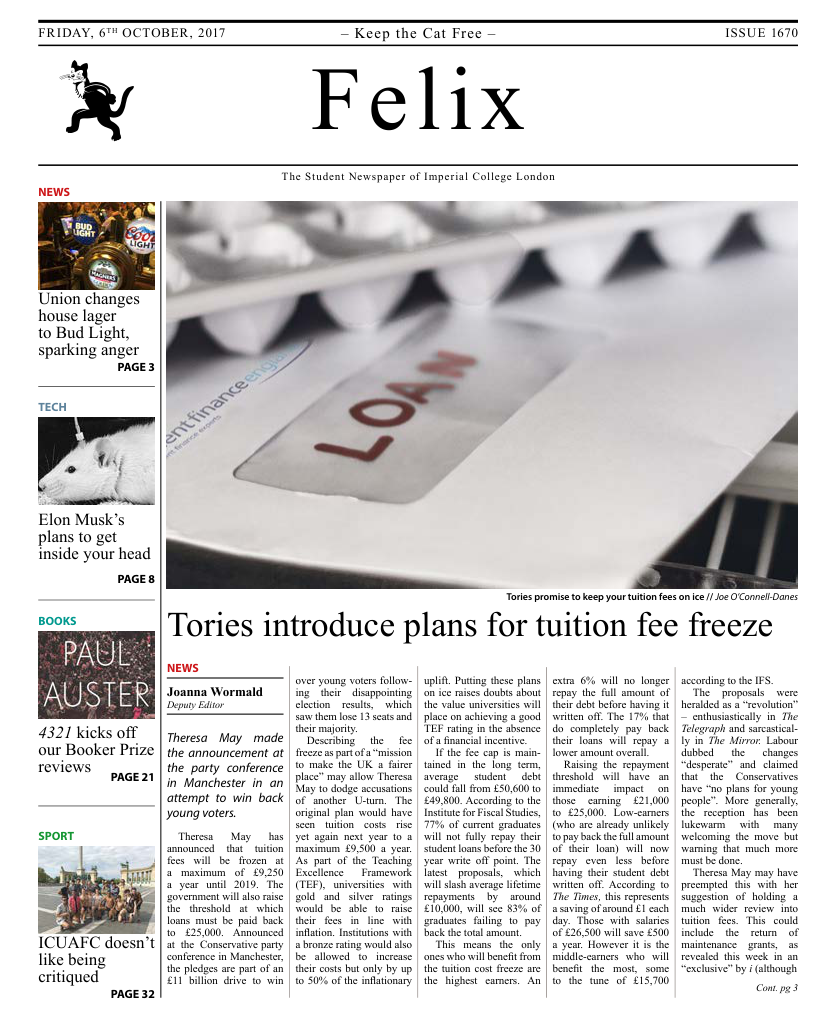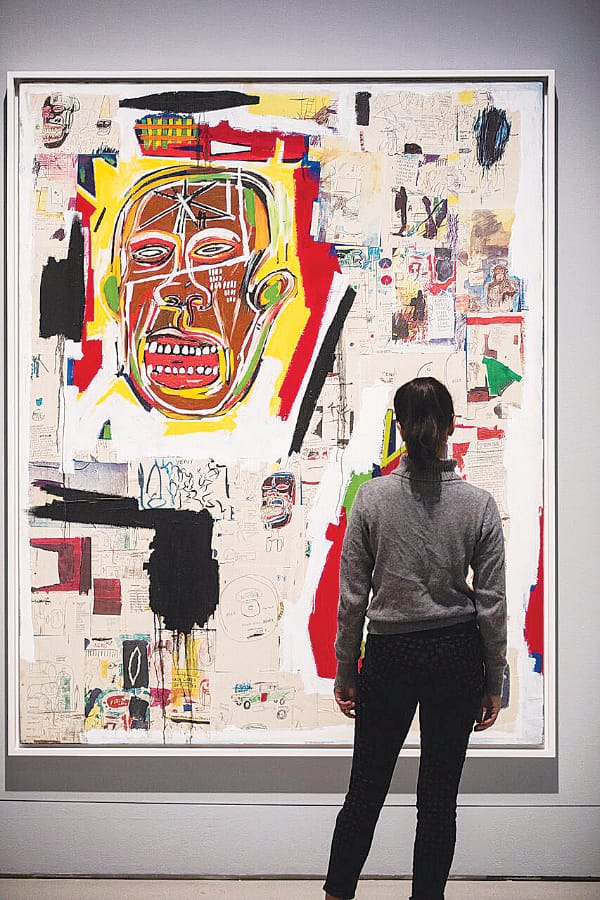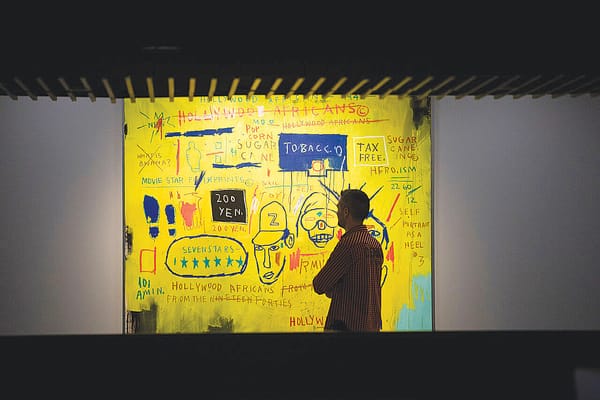Edinburgh Fringe: celebrating diversity and genius
This writer’s virgin Fringe experience was marked by an overdose of creative genius.

While studying in Edinburgh, I got the impression that this usually mild-mannered, quietly beautiful city takes on a completely different personality every August. Students who had been around in August spoke of the Royal Mile being flooded with tourists, the impossibility of getting anywhere, the buoyant merriment and permanently festive atmosphere, with street performers around every corner and everything staying open till 4am. Naturally, I desperately wanted to experience all that. Thus, a few months ago I managed to make it up north for the last few days of the Fringe, and was overwhelmed by the levels of energy and creativity concentrated in one city.
Established in 1947, the Fringe is now the world’s largest arts festival, with 53,232 performances of 3,398 shows in 300 venues at the festival this year. Billed as an open event welcoming performers and groups from all over the world, the Fringe is especially known for its diversity, with shows spanning across the genres of theatre, comedy, improv, spoken word, dance, physical theatre, circus, cabaret, musicals and everything in between. It is also known as the place for newcomers to break out and be noticed. The festival celebrates both the mainstream and the alternative, the edgy and the family-friendly, the well-established acts and the newcomers.
When I stepped out of the train, what caught my attention most was how every inch of available wall was covered with colourful posters of any size. ‘ Strong and Stable Productions present Brexit: The Musical ’ one declared. Extra fences had been set up for the purpose of accommodating the infinite number of posters.
What I found most attractive, however, was the constant festive atmosphere penetrating every corner of the city. Walking around the city that was at once so familiar yet to foreign, it felt like everyone was in a merry mood. The gardens in which I spent countless hours lying on the grass revising had transformed into the giant street food and bar area, with fairy lights strung across. Every street revealed a new surprise venue, pubs that I never knew existed were suddenly hosting stand-up comedy shows.
Initially worried that I did not have a detailed plan of what to see at what time on which day, I eventually realised that those fears were unfounded and in fact it was a blessing in disguise that I had not planned what to see. In my four days there, I saw ten shows, and it was those that I spontaneously walked into that turned out the most impressive.
One of these impressive surprises was The Crossing Place by Romantika, a theatre company founded in Estonia but now operating across Sweden and the UK. I was handed a flyer and saw that it was ‘a visual theatre piece based on the poetry of Tomas Tranströmer’, and immediately decided I was going to see it – I love Tranströmer’s poetry. Minimalistic and powerful, the piece was performed on a top-floor studio space, and consisted of three identically-dressed men using energetic, full-body movements and intense facial expressions to convey the themes of loneliness, monotony and loss in Tranströmer’s words, which they recite at the same time.
Another show I saw as a result of a flyer was the Reduced Shakespeare Company, which I had wanted to see since I was a secondary school student in English class being shown their version of Romeo and Juliet. That was a wonderful case of childhood dream come true unexpectedly, and they did not disappoint, delivering a hilarious amalgamation of Shakespearean tropes and plots in his alleged ‘first play’.
Of all the shows I saw, however, the one that impacted me the most and which I found the most insightful and technically brilliant was Mouthpiece, a collaboration from Canada between Quote Unquote Collective and Why Not Theatre. The set is simple – the stage is completely empty except for a plain, white bathtub at the centre, and two women dressed in identical white strappy leotards. The two women perform the conversation within the character, who has just lost her mother the night before and has to now go about her day choosing her mother’s casket, her dress for burial, and arranging the service. In an expertly executed and beautifully precise sequence of a capella harmony, dissonance, physicality, lighting and text, the struggles of the modern woman are revealed by the scintillating performances of Amy Nostbakken and Norah Sadava, as the protagonist reflects on her mother’s death and her subsequent tasks. I am usually not a fan of ‘nasty women’ art that shouts too loudly in one’s face, but this was a subtle, elegant and nuanced portrayal of the female psyche, quietly angry in the precision of its performance.
The Fringe provides something for everyone, and is a holistic artistic experience as a whole. As a wellspring of passion and creativity, I found it inspirational and heartening, and will definitely be returning for more.










